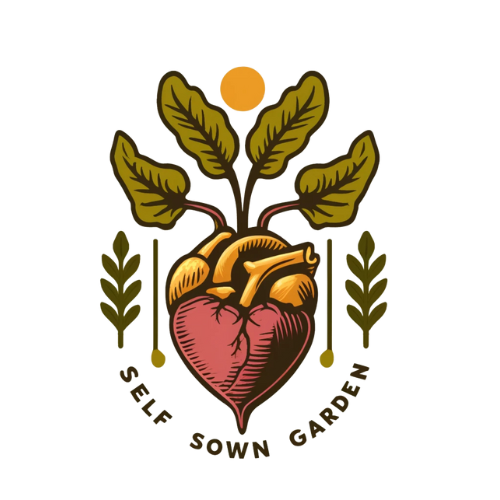Embracing the Wheel of the Year
The Wheel of the Year is a powerful symbol and tool used within various nature-based spiritualities to celebrate the cyclical nature of the seasons and their deep connections to agricultural practices and spiritual growth. Each festival, or sabbat, on the Wheel marks a significant point in the Earth’s journey around the sun, and offers us an opportunity to reflect on our own life cycles, celebrating growth, harvest, decay, and rebirth. Let’s take a journey through the Wheel of the Year and discover how its observance can enrich our lives and deepen our connection to the planet.
Samhain (October 31st)
Often considered the witches' New Year, Samhain is a time to honor ancestors and loved ones who have passed. It's a time of introspection, marking the end of the harvest and the beginning of winter. Traditionally, it is a time to celebrate the eternal cycle of life and death.
Yule (Winter Solstice, around December 21st)
Yule celebrates the rebirth of the sun. As the longest night of the year, it is a festival of light, symbolizing hope and the return of brighter days ahead. It is a time to gather with loved ones, exchange gifts, and decorate with evergreens that symbolize eternal life.
Imbolc (February 1st or 2nd)
Imbolc marks the midpoint between winter and spring. Traditionally associated with the goddess Brigid, it is a festival of light and purification, celebrating the first signs of spring and the return of life to the earth.
Ostara (Spring Equinox, around March 21st)
Ostara celebrates the balance of day and night and is associated with fertility, renewal, and planting. This is a joyful time for sowing seeds both literally in the garden and metaphorically in our lives.
Beltane (May 1st)
Beltane, with its fires and maypole dances, is a festival of fertility, celebrating the lushness of life. This sabbat honors the heightening of spring and the flowering of nature, symbolizing the union of the masculine and feminine.
Litha (Summer Solstice, around June 21st)
Litha, or Midsummer, is the peak of the solar year and celebrates the sun at its strongest. It is a time of abundance, growth, and manifesting desires; a celebration of light and life.
Lammas or Lughnasadh (August 1st)
The first of the harvest festivals, Lammas celebrates the grain harvest and is a time of giving thanks for abundance. It is often marked by baking bread and holding feasts.
Mabon (Autumn Equinox, around September 21st)
Mabon is the second harvest festival, focusing on fruits and vegetables. It symbolizes balance and is a time to give thanks for the abundance of the harvest and to prepare for the winter months ahead.
Why Observe the Wheel of the Year?
Observing the Wheel of the Year can be a profoundly enriching practice that connects us more deeply to the natural world and its rhythms. Each festival is an opportunity to pause and reflect on the changes not only in the environment around us but also within ourselves. These times of celebration can bring us closer to our communities and to the rhythms of nature, encouraging sustainable practices and providing a deep sense of belonging and connection.
Whether you live in the heart of a city or the depths of the forest, you can find ways to observe these natural cycles. Planting a garden, preserving food, reflecting on personal growth, and celebrating these times with community can all be ways to honor these ancient traditions.
In my own life and through my work at Self Sown Garden, I've found that aligning with these seasonal cycles brings a richer understanding of my place in the world. It reminds me that I am part of a larger community, both human and non-human, and it helps me live in a more sustainable and intentional way.
The Wheel of the Year is not just about celebrating; it's about learning to live in harmony with the natural changes that govern our world. Each turn of the wheel strengthens our connection with nature, with each other, and with the deepest parts of ourselves.
Happy turning, and may each season bring you closer to the rhythms of the earth!
